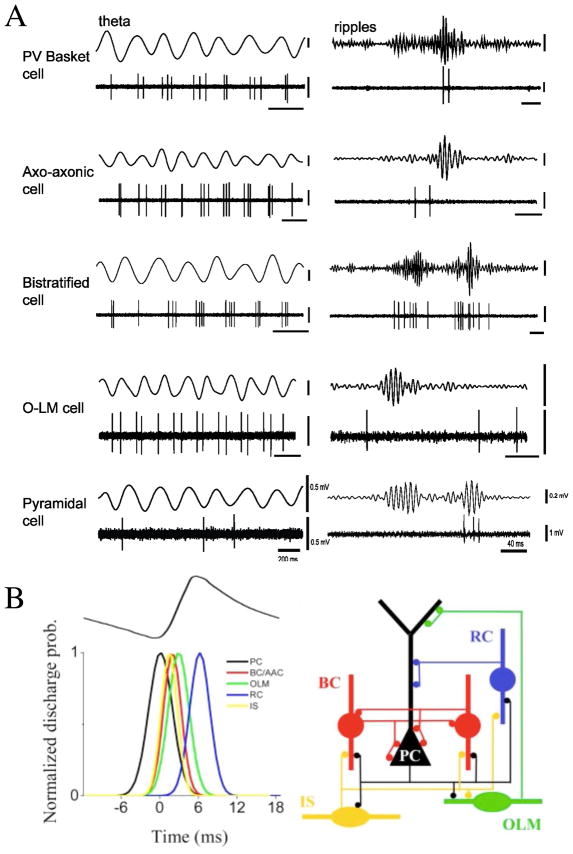Figure 10. Complex circuit dynamics in multiple neuron types during synchronous oscillations.
(A) Behavior of four (basket, axo-axonic, bistratified, oriens-lacunosum-moleculare) subclasses of inhibitory interneurons and pyramidal cells during theta rhythm (left) and sharp-wave ripples (right) recorded in vivo from the hippocampus of anesthetized rats. In each panel are plotted LFP (top) and juxtacellularly recorded spike train of an identified cell (bottom). During theta oscillations, while basket and axo-axonic cells (which control the output of pyramidal neurons) tend to fire at the peak, bistratified and O-LM cells (which control the inputs to pyramidal cells) as well as pyramidal cells tend to fire at the trough, of field theta. Note also intermittent firing characteristic of pyramidal neurons in both theta rhythm and fast ripples. (B) Behavior of several subtypes of interneurons (basket/axo-axonal cells, interneurons targeting proximate dendrites in the stratium radiatum (RC), interneuron-targeting cells (IS), interneurons in the stratum oriens projecting to the distal dendrites in the stratum lacunosummoleculare (OLM)) and pyramidal cells during gamma oscillations induced by cholinergic activation in rat hippocampal slices in vitro. Note that pyramidal cells fire maximally at the trough of the local field oscillation, and ahead of interneurons (left panel). (A) Modified from [889], kindly provided by Drs. Thomas Klausberger and Peter Somogyi; (B) reproduced with permission from [408].

